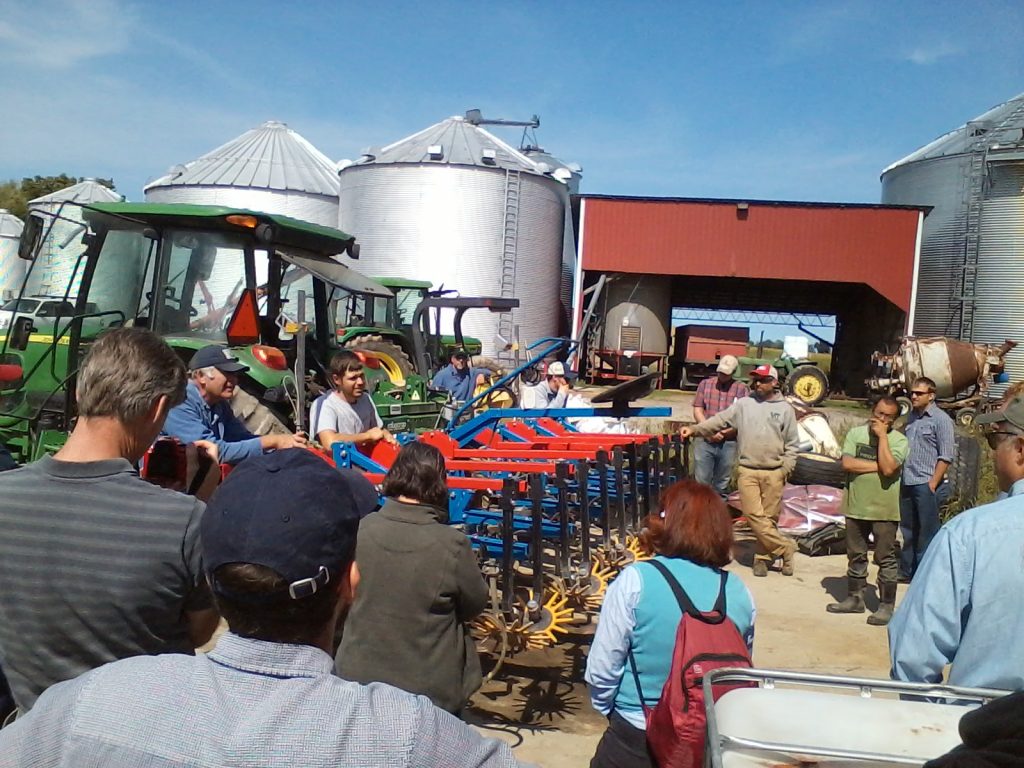Agriculture is a major driver of the New York State economy, with over 7 million acres of farmland in the state that support a wide variety of crops . But major soil constraints, such as compaction and loss of organic matter, can severely impact crop productivity, farm sustainability, and environmental quality. However, these constraints can be addressed through the use of cover crops, reduced tillage, and other on-farm soil health practices that improve and maintain the functionality of agricultural soils to ensure their productivity into the future, and increase benefits to farmers and the public. Some benefits of healthy soils include:
- Cost-effective resilience to drought and flooding
- Suppression of weeds and crop disease
- Reduced carbon footprint and nutrient losses from agriculture
- Improved water quality
- Support for wildlife and pollinator populations

The New York State Soil Health Initiative seeks to build on the current strengths and momentum of key stakeholders and coordinate a network for information exchange, prioritization, and identification of barriers and opportunities in order to facilitate farmer adoption of soil health practices.
The mission of the New York State Soil Health Initiative is to:
- Recruit a network of farmer collaborators for sharing innovation, and for monitoring and documenting soil health benefits.
- Evaluate soil health economic benefits such as reduced input costs and capital investments, improved resiliency to extreme weather, and new market opportunities.
- Provide fresh outreach materials and support practitioner training, field days, and soil health assessments on collaborating farms from all types of systems.
- Develop a soil health “road map” and coordinate a NYS “Soil Health Summit” that will include presentations and panels composed of farmers, researchers, government and non-government organization representatives, policy-makers and other stake-holders.
New York Soil Health is supported through the New York State Environmental Protection Fund administered through the Department of New York Agriculture and Markets.